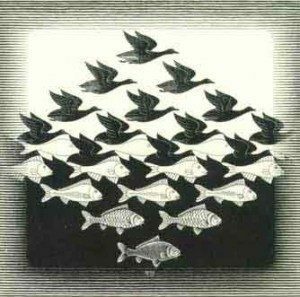Electrolyte Characteristics
Chemistry / / July 04, 2021
Electrolytes are harsh solutions that electricity can conduct. This happens because dissolved substances are divided into ions, which have an electrical charge.
When a substance that dissociates ionically dissolves in a chemically neutral solvent, the resulting liquid is electrically conductive, and we have an electrolyte. The most commonly known electrolytes use water as a solvent. Under some conditions gases can also contain electrically charged ions, which give them electrically conductive properties. This state of matter is called plasma.
The main characteristics of electrolytes are:
- They are made up of a solvent that under normal conditions is electrically insulating.
- Substances that dissolve (solutes) dissociate into electrically charged ions. These substances can be acids, bases or salts.
- The resulting solution is electrically conductive.
- When an electric current passes, the dissolved ions are polarized and are directed towards the electrodes that the current provides. The positive pole is called the anode and the negative pole the cathode.
- Negatively charged ions are called anions.
- Positively charged ions are called cations.
- When passing electric current, the cations go to the cathode where they are neutralized, while the anions go to the anode.

Electrolytes have multiple uses in chemistry and industry. They are used to obtain gases such as dissolving sulfuric acid in water: they dissociate as the current passes water molecules, resulting in hydrogen accumulating at the cathode and oxygen accumulating at the anode.
This same principle is used to deposit other ionized elements or substances on other metals; This is the case, for example, with the copper sulfate solution, which, as the current passes It deposits copper on the cathode, while sulfuric acid is formed at the anode and gives off oxygen. Another application of this principle is the gold bath. Electric current is passed in a gold chloride solution, in which the piece to be gilded is connected to the cathode.
The ions can be elemental or radical. Elemental ions are those formed by atoms of a single element, as happens when sodium chloride is dissolved in water, giving off sodium (Na +) and chlorine (Cl-) ions. Radicals are fractions of molecules made up of more than one element, as happens in dissociation from sodium hydroxide (caustic soda), resulting in sodium ions (Na +) and hydroxyl radicals (OH-).
Electrolytes are also very important for life, as the power functions of cells require electrical charges that allow substances to pass through the cell membrane. That is why body fluids, especially blood, contain dissolved chemical elements, which give it certain characteristics of acidity. Even drinking water, the water we need to live, cannot be chemically neutral, since it would not allow the transport of food substances; For this reason, under natural conditions, water is also slightly acidic, since it contains electrolytically dissolved various substances, such as air, some minerals and some salts.



